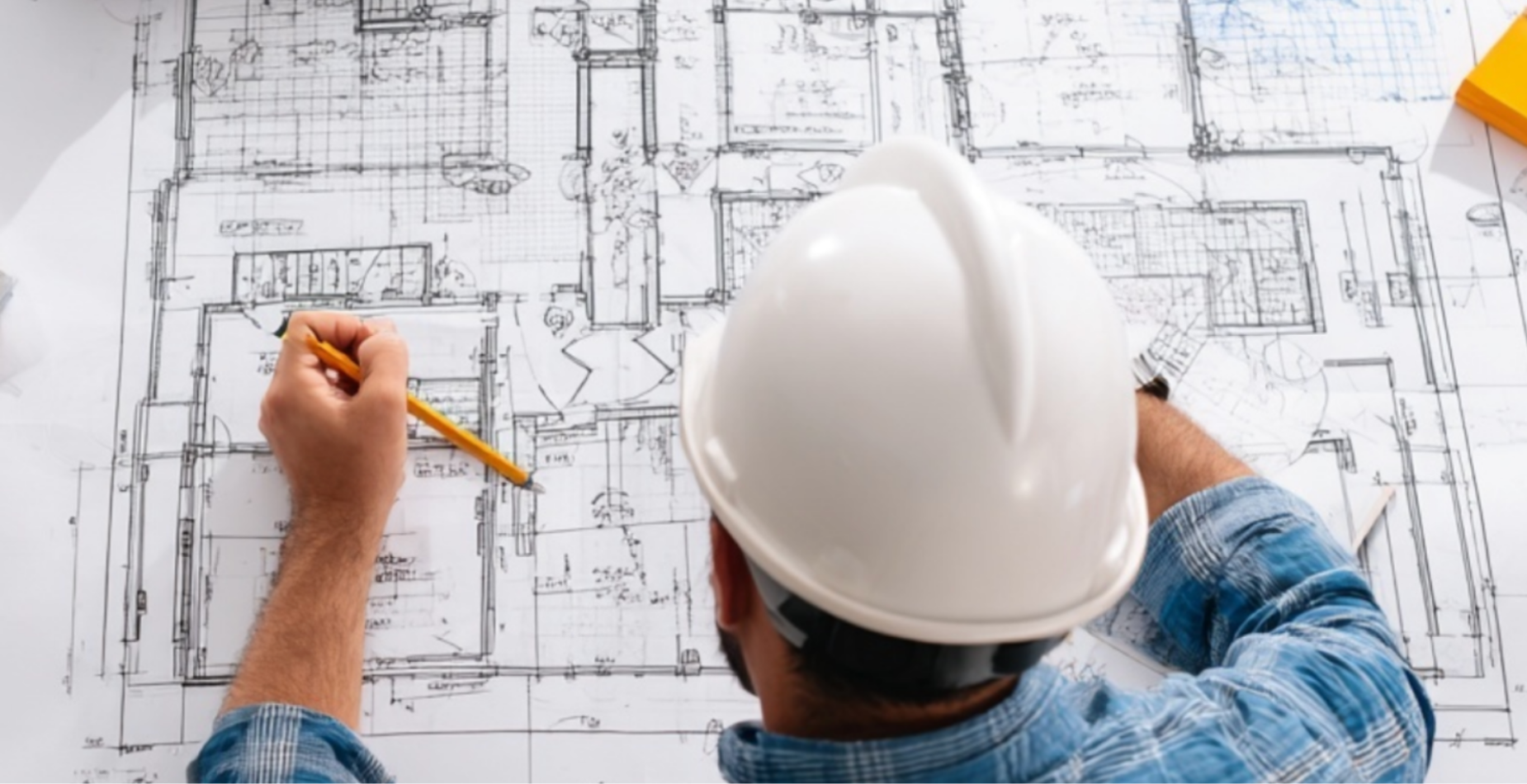“If the construction techniques from up north were down here, we would probably see at least 50% of these buildings have major structural damage or collapse because they are not designed to handle the wind and the water.” — Scott Gast, Gulf Beach Development
In response, the 2025 Florida Building Code (8th Edition and 2024 Supplements) brings some of the most significant updates in years, all aimed at making our homes, businesses, and communities more resilient than ever.
Whether you’re a builder, architect, property manager, or homeowner, these changes will affect how you design, build, and maintain property in the Sunshine State. Here’s what you need to know.
1. Wind & Flood Loads: Adapting to a Changing Climate
- Wind speed maps now start at 90 mph (down from 115 mph), and wind zones are simplified for easier compliance.
- Vertical pressures on solid surfaces (like screened enclosures) have increased by up to 27%, requiring stronger designs.
- Tornado loads: Essential facilities (hospitals, shelters, power stations) must now be designed for tornadoes as well as hurricanes, per the latest ASCE 7-22 standards.
2. Flood-Resistant Construction: Higher, Safer, Smarter
- Elevation requirements for garages and accessory structures in flood zones are more detailed, with new rules for flood openings and breakaway walls.
- Milestone structural inspections are now mandatory for condos and co-ops three stories or higher, starting at 30 years old and every 10 years after.
3. Storm Preparation: Louvers, Labels, and Lessons Learned
“Operable louvers shall be repositioned and locked in the vertical open position when wind speeds are predicted to be 75 mph or greater.”— Florida Building Code, 2025
- Operable louvers must be locked open at 75 mph winds or higher, with permanent signage required.
- Hospitals and critical facilities are investing in temporary flood barriers, like Tampa General Hospital’s $1 million AquaFence, which kept the hospital dry during the 2024 storms.
4. Electrical & Emergency Preparedness
- Emergency disconnects are now required for all one- and two-family homes, installed outside and clearly marked.
- GFCI protection is now required for boat hoists and new rules are in place for immersion pools.
5. Referenced Standards
The code now references the latest industry standards, including:
- ACI 318-19 for concrete
- ASCE 7-22 for loads
6. Conclusion: Building for the Future
Florida’s new code isn’t just about compliance—it’s about resilience, safety, and peace of mind. As storms get stronger and more frequent, these updates ensure that our buildings are ready for whatever comes next.
